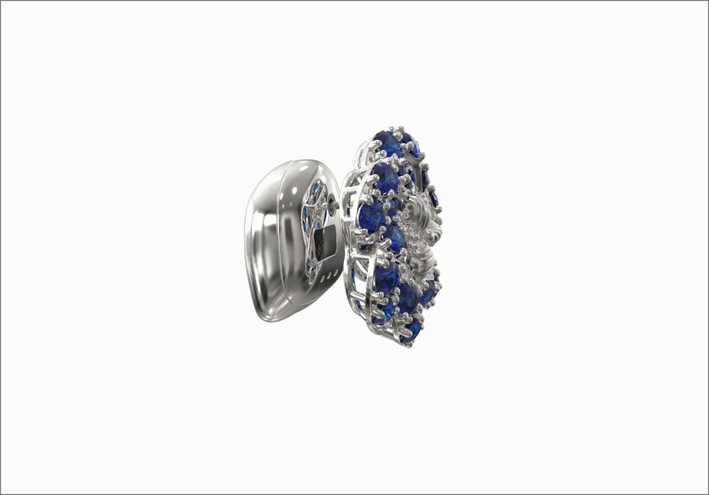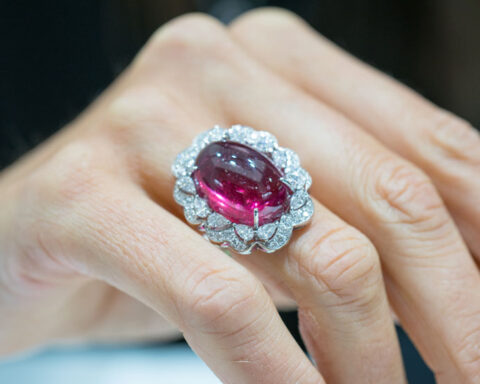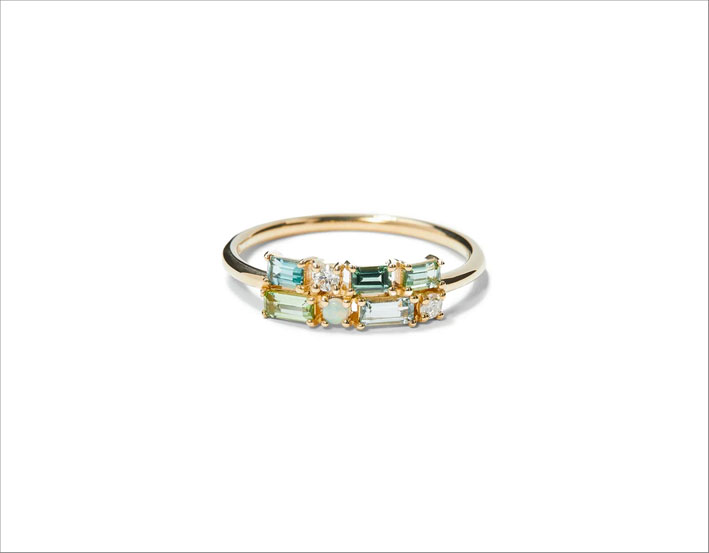It happened again: those earrings you like so much caused an allergic reaction. Unfortunately, you are not alone: about 20% of women suffer from allergies to certain metals and earrings are one of the worst enemies. The earlobe, in fact, is a very delicate part of the body. Allergic reaction to nickel, contact dermatitis, is the body’s immune response to something it believes is harmful, just like fighting a bacterium or virus.
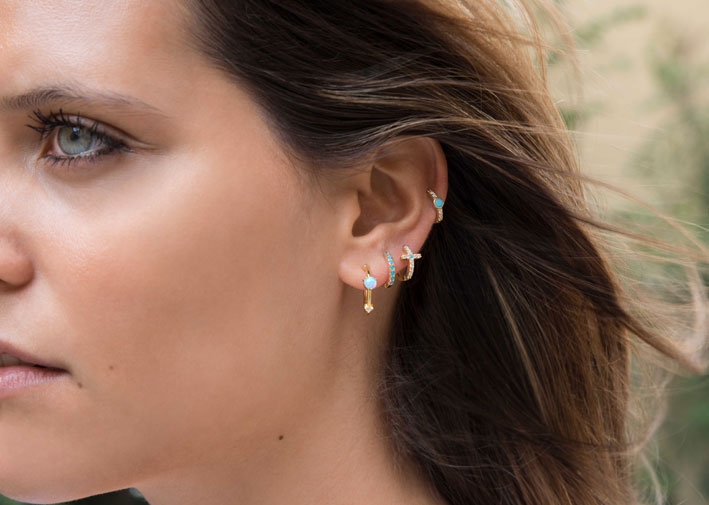
Allergic symptoms caused by contact with metal usually appear 24 to 48 hours after wearing the earrings. The discomfort consists of itching, redness, swelling, a feeling of heat and, for those who are very sensitive, even dry skin and blisters. The bad news is that metals that are allergy-proof are very rare. Usually those with these allergies choose hypoallergenic earrings. But the truth is, it’s not always a good idea. What to do if an allergic reaction occurs? Consulting a doctor is always the best idea. Likely, a dermatologist will prescribe remedies such as oral antihistamines and cortisone to reduce inflammation. If, however, the allergy is mild, just do not wear the jewelry and, if necessary, use a soothing cream.
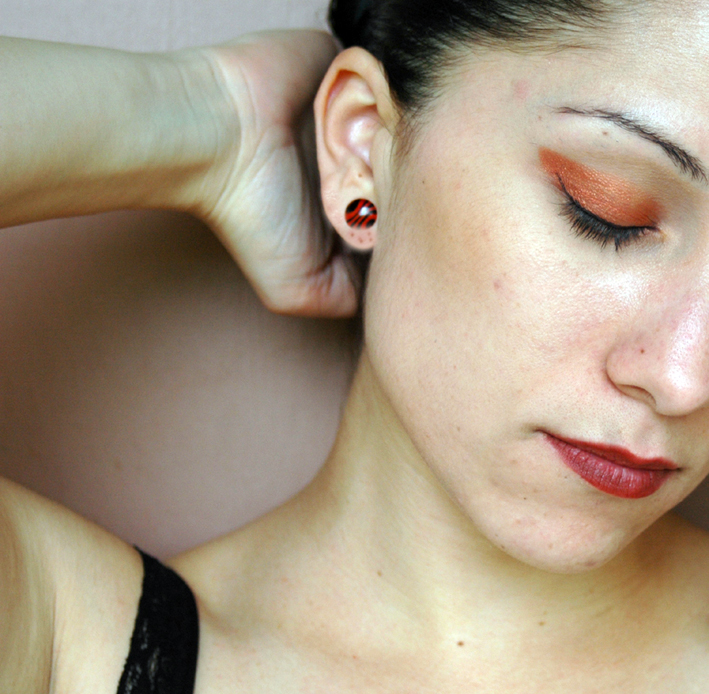
The word hypoallergenic, in fact, does not mean that they are immune from causing allergic reactions. The term hypoallergenic only means that earrings are less likely to cause an allergy, not that they are 100% guaranteed. Hypoallergenic earrings usually work for most women. But they are not suitable for everyone: there are those who are more unfortunate.
Metals that cause allergies
Nickel is the number one defendant. This metal has long been used in an alloy with gold to make the yellow metal more resistant and attenuate its original color, until it turns white, and is the main source of intolerance for those with sensitive skin. But nickel is not the only metal to cause allergies. Nickel is used in yellow gold. But even pink gold can cause allergies to those who do not tolerate copper, the metal used in alloy for the pink hue. Beware of karats: if 18-karat gold is the best, it still means that 25% of your jewel is made up of other metals, which could cause allergies. If, then, it has 14 karats, it means that almost half of the metal is not gold.

Unfortunately, even if it is always proposed as a hypoallergenic material, steel can also cause allergies (although it is usually offered with the addition of the word surgical, which should reassure those who use it). Steel, in fact, can contain traces of nickel and iron and can cause a reaction in those with hypersensitive skin. If you are allergic to copper, pay attention to brass. This alloy is in fact composed of copper and zinc. Gold-plated jewelry is often made of brass. If you wake up with green earlobes, you have probably been wearing brass compound earrings.
Also pay attention to the plated earrings. Plating usually allows you to keep the prices of the jewel low, but it is a very thin barrier, often not exceeding a few thousandths of a millimeter, in practice the thickness is equivalent to a tenth of a hair. It doesn’t take much to corrode or scratch this surface. If you have metal allergies, a plating may not be enough to prevent your earlobes from reacting.
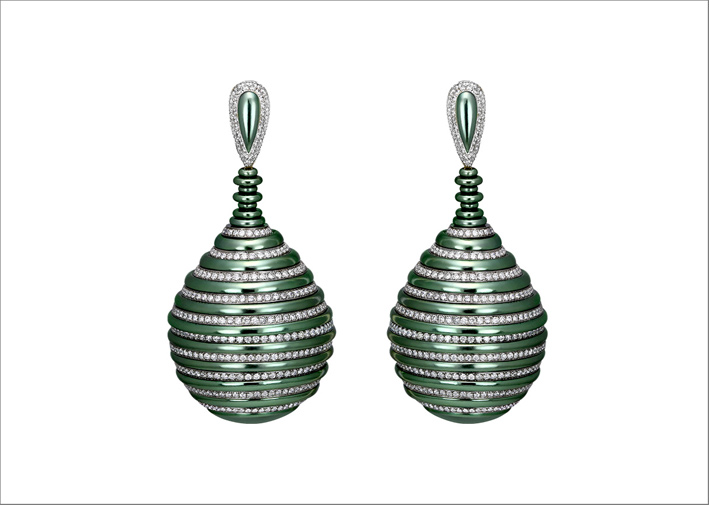
The good metals
There are metals that are 99% tolerated even by the most sensitive ears. A hypoallergenic metal is platinum, precious and even more robust than gold. Titanium is also low allergy risk. Another metal that does not cause allergies, but is very rarely used in jewelry, is tantalum. It is durable and extremely resistant to corrosion. There are those who propose tantalum wedding rings.
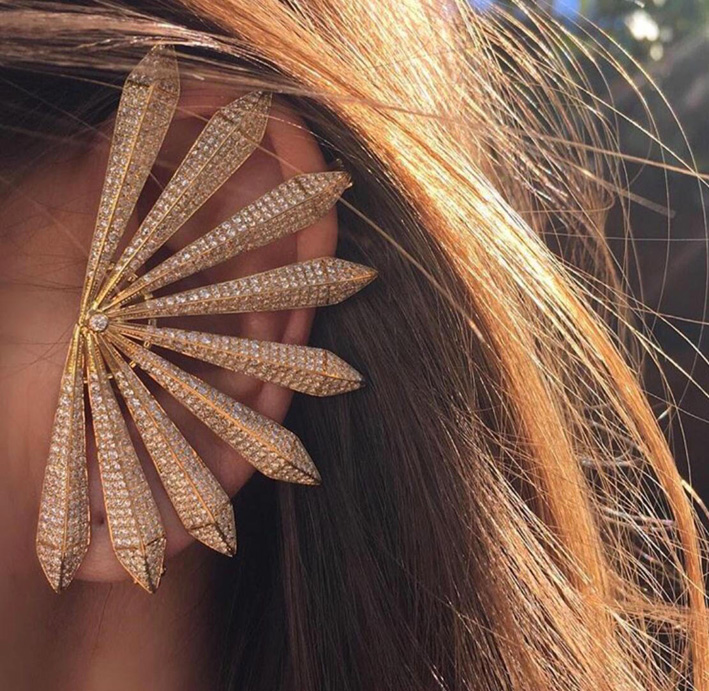
How to transform allergy-causing earrings
If you have earrings that you cannot give up, the best idea is to take them to a jeweler to replace the metal part in contact with the ears with a hypoallergenic material, a good metal in short. You can also try a simpler solution: smear on the clear nail polish pins. Enamel creates a barrier between the nickel and your precious lobes. However, we must remember that this operation must be repeated after wearing the earrings.




